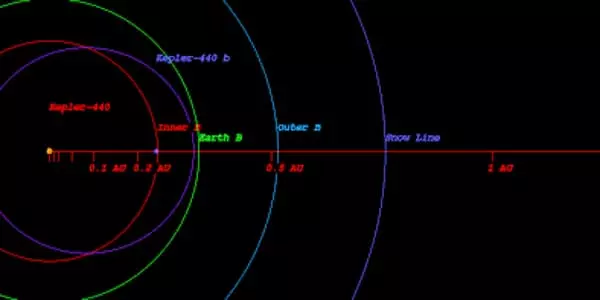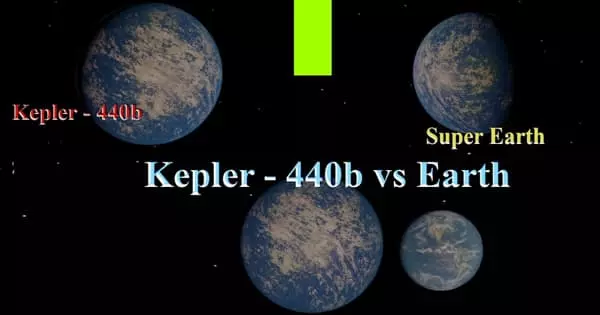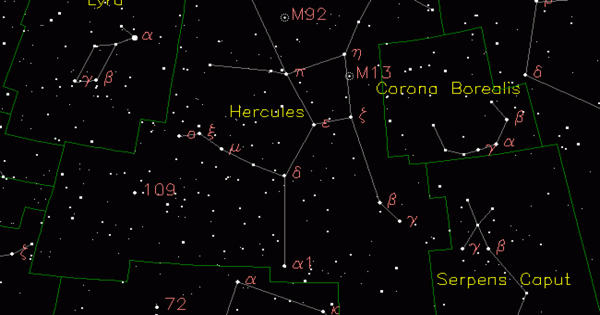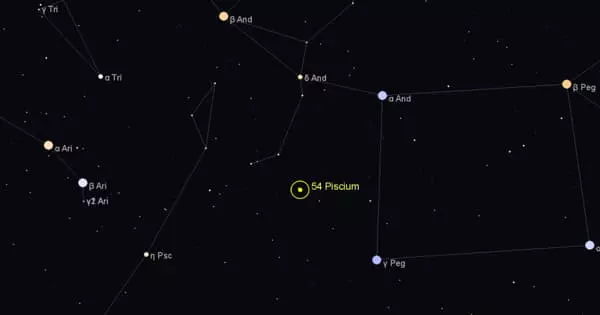Kepler-440 b is an exoplanet that orbits a K-type star. It is a confirmed super-Earth exoplanet orbiting within Kepler-440’s habitable zone, approximately 850 light-years (261 pc) from Earth. It has a mass of 4.12 Earths, takes 101.1 days to complete one orbit around its star, and is 0.242 AU away from it. The planet was discovered by NASA’s Kepler spacecraft using the transit method, which measures the dimming effect caused by a planet as it passes in front of its star. On January 6, 2015, NASA announced the confirmation of the exoplanet.
Confirmed exoplanet
It was discovered in 2015, and its discovery was announced. Kepler-440b is a 1.86-times-larger-than-Earth super-Earth. Every 101.1 days, the planet orbits Kepler-440. At least one planet exists in the planetary system Kepler-440. The Right Ascension (R.A.) and Declination (Dec.) of a star in the night sky are equivalent to Longitude and Latitude on Earth. The Kepler 440 Radius was calculated to be 0.56 times larger than the Sun. The radius of the Sun is 695,800km, so the radius of the star is estimated to be 388,952.20km. The star is estimated to be 1.30 billion years old. To put this in perspective, the Sun is estimated to be about five billion years old, and the Universe is estimated to be about 13.8 billion years old.

Habitability
The planet was announced to be in Kepler-440’s habitable zone, a region where liquid water could exist on the planet’s surface.
Kepler-440b is a super-Earth. On May 10, 2016, NASA confirmed 1,284 new exoplanets discovered by Kepler, the single largest discovery of planets to date. Since 1988, over 3000 exoplanets have been confirmed using all detection methods, including NASA’s Kepler mission.
Kepler is a space observatory launched by NASA to discover Earth-size planets orbiting other stars. The spacecraft, named after the Renaissance astronomer Johannes Kepler, was launched into an Earth-trailing heliocentric orbit on March 7, 2009.
The apparent magnitude of Kepler 440 is 15.50, which is a measure of the star’s brightness as seen from Earth. Visual Magnitude is another name for Apparent Magnitude. Using the supplied Parallax value, the absolute magnitude of Kepler 440 is 8.42.
Absolute Magnitude is the apparent magnitude of a star as seen from a distance of 10 parsecs (32.6 light-years). This assumes that there are no obstacles between the object and the observer, such as dust clouds. To truly compare the brightness of a star, use Absolute Magnitude rather than Apparent Magnitude.
















